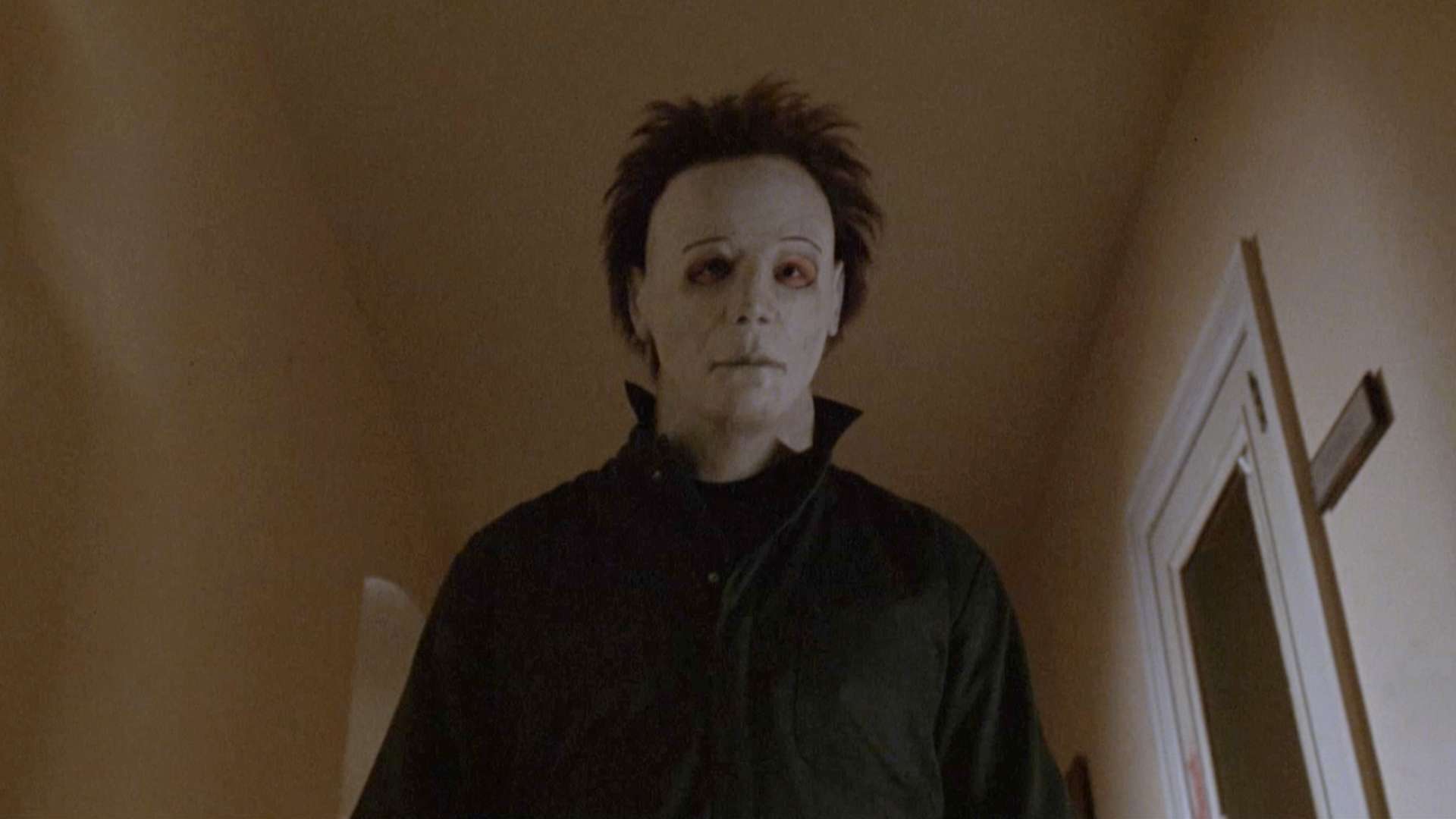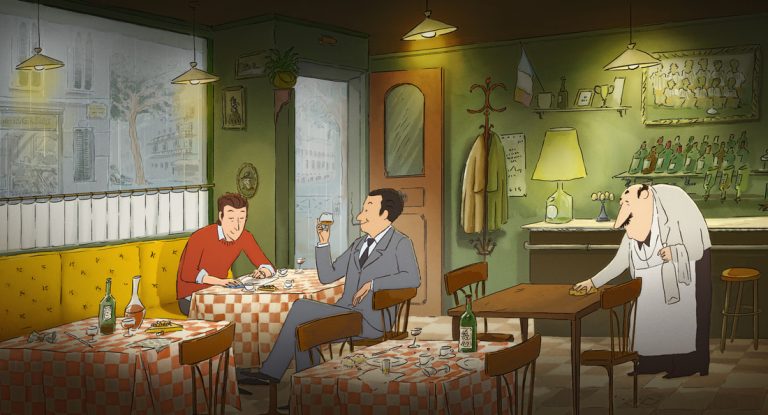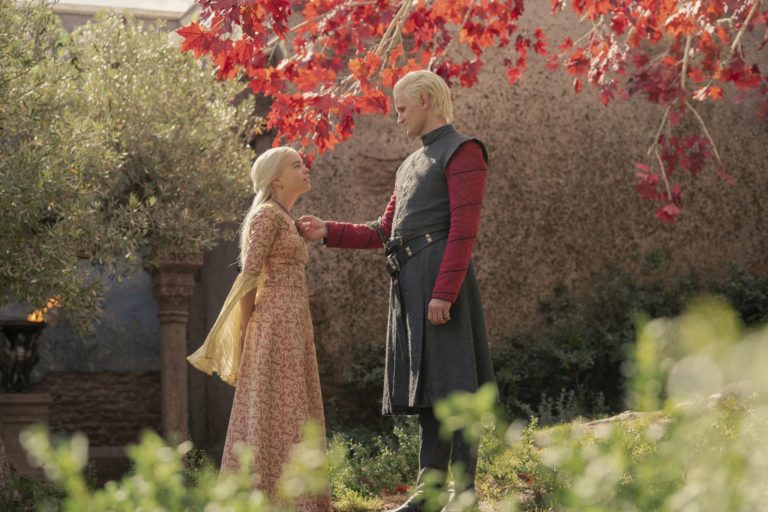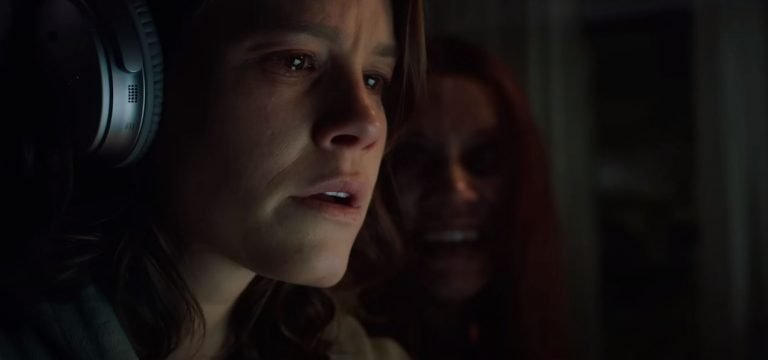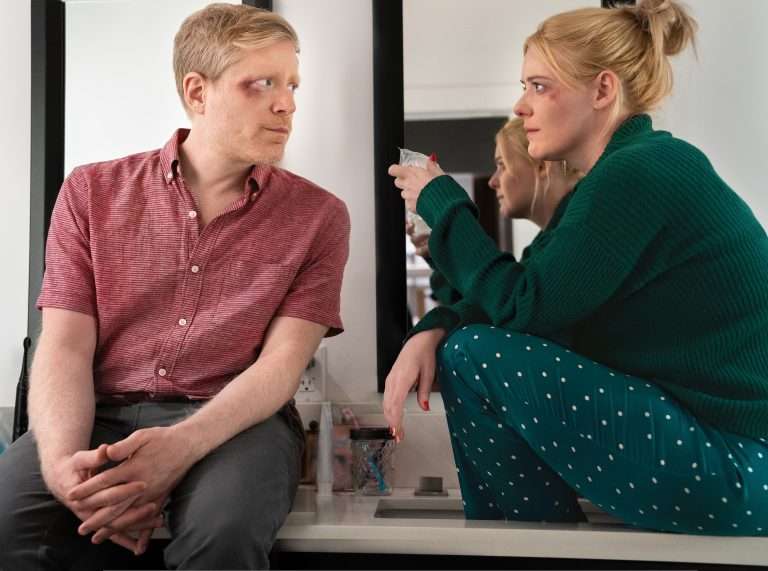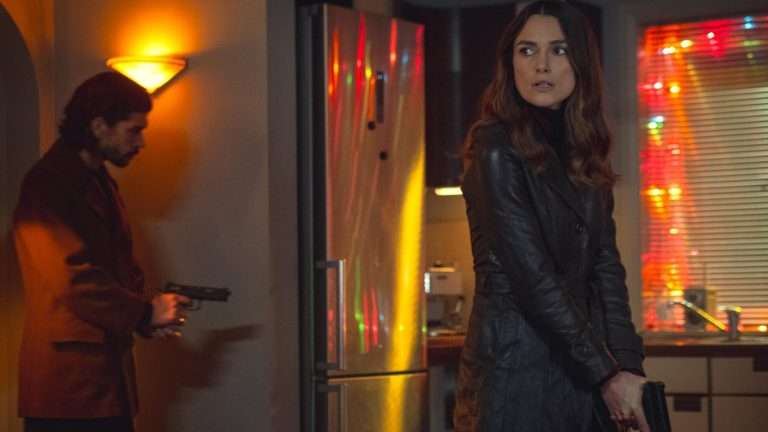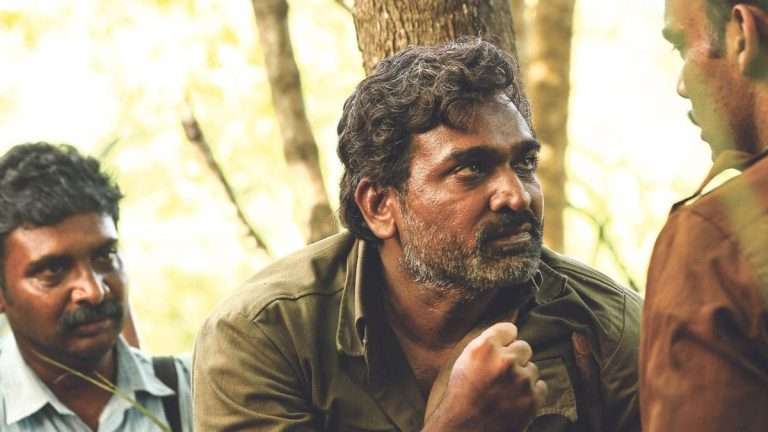The “Halloween” movie series has had quite a journey, spanning over four decades and presenting multiple timelines that can leave even the most devoted fans scratching their heads. With the release of each film, Michael Myers has become a horror icon, and Jamie Lee Curtis’ portrayal of Laurie Strode has cemented her as a symbol of survival and strength. Whether you’re new to the series or a long-time fan, knowing the correct order to watch them is essential to fully appreciate the intricate (and sometimes confusing) narrative threads. Here’s a guide on how to watch all the “Halloween” movies in both chronological and release order.
Halloween Movies in Release Date Order
If you prefer to watch the “Halloween” films based on when they were released, here’s how they line up:
- Halloween (1978)
- Halloween II (1981)
- Halloween III: Season of the Witch (1982) – (Unrelated to Michael Myers)
- Halloween 4: The Return of Michael Myers (1988)
- Halloween 5: The Revenge of Michael Myers (1989)
- Halloween: The Curse of Michael Myers (1995)
- Halloween H20: 20 Years Later (1998)
- Halloween: Resurrection (2002)
- Halloween (2007) – (Rob Zombie’s reboot)
- Halloween II (2009) – (Rob Zombie’s sequel)
- Halloween (2018)
- Halloween Kills (2021)
- Halloween Ends (2022)
Halloween Movies in Chronological Order (By Storyline)
There are several timelines in the “Halloween” franchise. Here’s how to watch the movies based on their respective narratives:
The Original Timeline
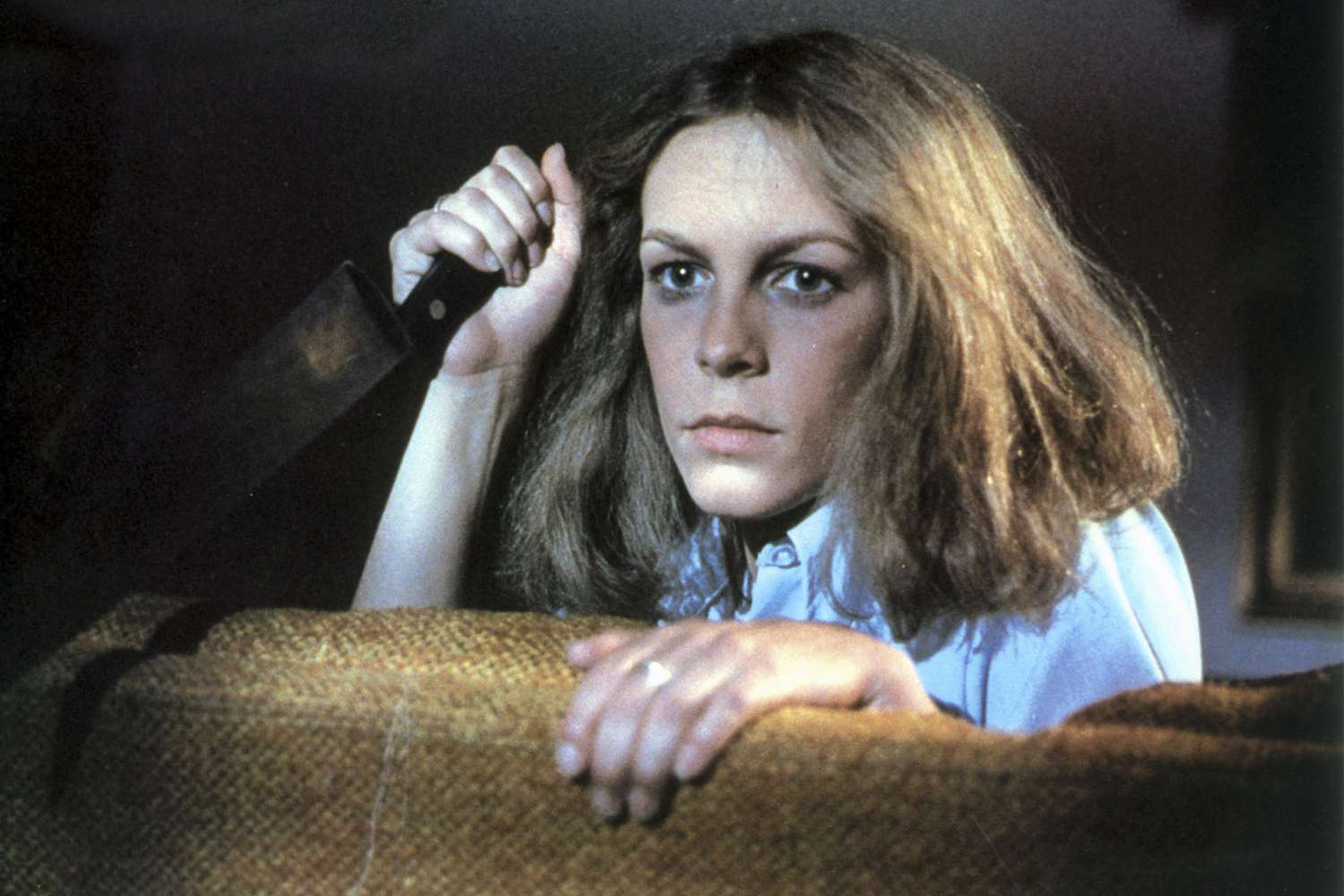
The original timeline kicks off with Halloween (1978), where we’re introduced to the enigmatic Michael Myers. Escaping from a mental institution, he returns to Haddonfield to stalk babysitter Laurie Strode on Halloween night, forever altering the landscape of horror. This film not only sets the gold standard for the slasher genre but also catapults Jamie Lee Curtis into stardom, establishing her as a quintessential scream queen.
Following this iconic debut, Halloween II (1981) seamlessly picks up the story, revealing that Laurie is, in fact, Michael’s sister—a revelation that would shape the series’ direction. In a surprising twist, Halloween III: Season of the Witch (1982) ventures into anthology territory, abandoning the Myers storyline to focus on a sinister plot involving a mask-making company.
Initially dismissed by fans, this bold departure has gained a devoted following over the years, celebrated for its eerie atmosphere and unique concept. The timeline then dives back into familiar territory with Halloween 4: The Return of Michael Myers (1988), reintroducing Michael as he targets his niece, Jamie Lloyd, rekindling interest in his dark legacy. This sets the stage for Halloween 5: The Revenge of Michael Myers (1989), where the supernatural connection between Jamie and Michael deepens, introducing cult elements that complicate the narrative.
Finally, Halloween: The Curse of Michael Myers (1995) dives headfirst into the mythology of the Thorn cult, tying Michael’s chilling actions to an ancient curse and crafting a convoluted tale that attempts to explain his relentless pursuit of terror.
- Halloween (1978)
- Halloween II (1981)
- Halloween 4: The Return of Michael Myers (1988)
- Halloween 5: The Revenge of Michael Myers (1989)
- Halloween: The Curse of Michael Myers (1995)
This storyline follows Laurie Strode’s brother, Michael Myers, as he stalks her and her family over a series of years, culminating in “The Curse of Michael Myers,” which introduces supernatural elements involving a cult.
The H20 Timeline
The H20 timeline begins with Halloween H20: 20 Years Later (1998), a triumphant return for Jamie Lee Curtis as Laurie Strode, now grappling with her traumatic past two decades after her initial encounter with Michael.
Ignoring all films post-Halloween II, this entry revitalizes the series, delivering a fresh blend of psychological tension and slasher thrills. Curtis’s powerful performance reconnects audiences with Laurie, re-establishing her as a symbol of resilience in the face of horror. This film resonates deeply, revitalizing the franchise during the late ’90s slasher resurgence. However, the narrative takes a turn in Halloween: Resurrection (2002), which explores the fallout of Laurie’s confrontation with Michael and introduces a new cast in a reality TV setting, reflecting contemporary cultural fears.
Though met with mixed reactions, this film attempts to merge traditional horror with modern storytelling, concluding the timeline on a somewhat ambiguous note.
- Halloween (1978)
- Halloween II (1981)
- Halloween H20: 20 Years Later (1998)
- Halloween: Resurrection (2002)
In this timeline, Laurie Strode fakes her death after “Halloween II,” and Michael Myers reappears to try and finish what he started 20 years later in “H20.” This storyline excludes “Halloween 4,” “Halloween 5,” and “Halloween: The Curse of Michael Myers.”
Rob Zombie’s Reboot Timeline

Rob Zombie’s timeline begins with his audacious Halloween (2007) remake, which dares to reimagine Michael Myers’s origin, delving into his troubled childhood and portraying violence with raw intensity. This film is polarizing, drawing admiration for its bold choices while alienating purists who yearn for the suspense of the original.
Zombie continues this exploration in Halloween II (2009), which focuses on Laurie’s psychological fallout after surviving Michael’s rampage. With a distinctively gritty and intense style, Zombie’s vision shifts away from conventional slasher tropes, offering a character-driven narrative that leaves its mark on the franchise, despite its mixed reception.
- Halloween (2007)
- Halloween II (2009)
This version by Rob Zombie offers a much darker and more brutal interpretation of Michael Myers’ origins and his obsession with Laurie Strode.
The Laurie Strode Trilogy (David Gordon Green Timeline)
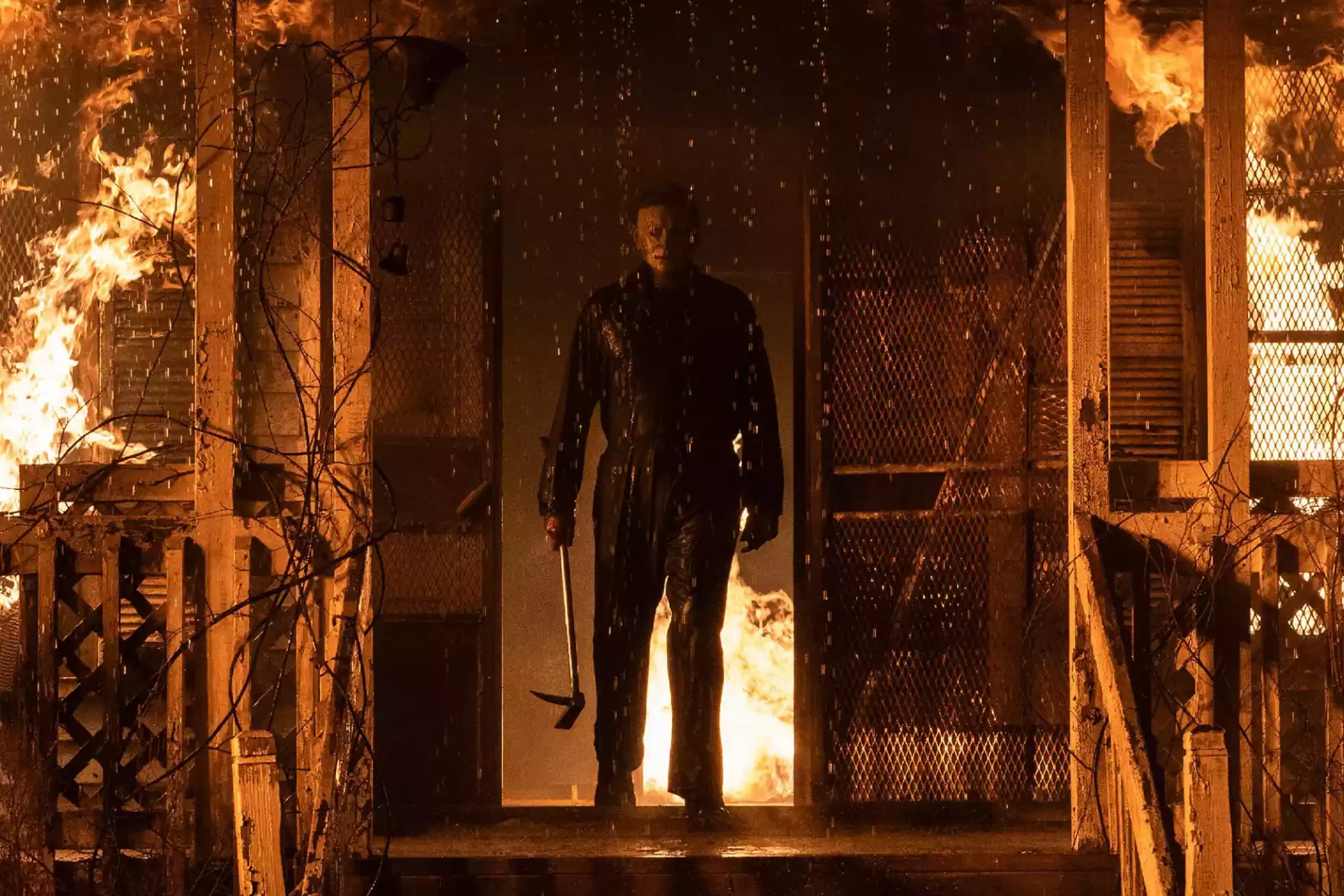
The reboot timeline kicks off with Halloween (2018), a masterful revival that acts as a direct sequel to the original film. This iteration brings Laurie Strode back into the spotlight, now a battle-hardened survivor preparing for Michael’s long-anticipated return after four decades of trauma. Lauded for its sharp performances and feminist themes, this film reinvigorates the franchise, connecting with both new audiences and longtime fans.
Following its success, Halloween Kills (2021) dives deeper into the chaos unleashed upon Haddonfield as Michael resurfaces, showcasing the ripple effects of his reign of terror on the community. While it may not have received the same acclaim as its predecessor, it expands the narrative, bringing fresh faces into the mix.
Also, Read – Top 10 Horror Movies To Watch & Stream This Halloween
The trilogy culminates in Halloween Ends (2022), which promises to resolve the epic showdown between Laurie and Michael, delivering a fresh take on the themes of fear, trauma, and survival. This timeline revitalizes the franchise for a new generation, striking a balance between nostalgia and contemporary storytelling.
- Halloween (1978)
- Halloween (2018)
- Halloween Kills (2021)
- Halloween Ends (2022)
This trilogy disregards all previous sequels and reboots, serving as a direct continuation of the 1978 original. Laurie Strode is no longer Michael’s sister, and the focus is on her trauma from surviving his original attacks.
Source: People

